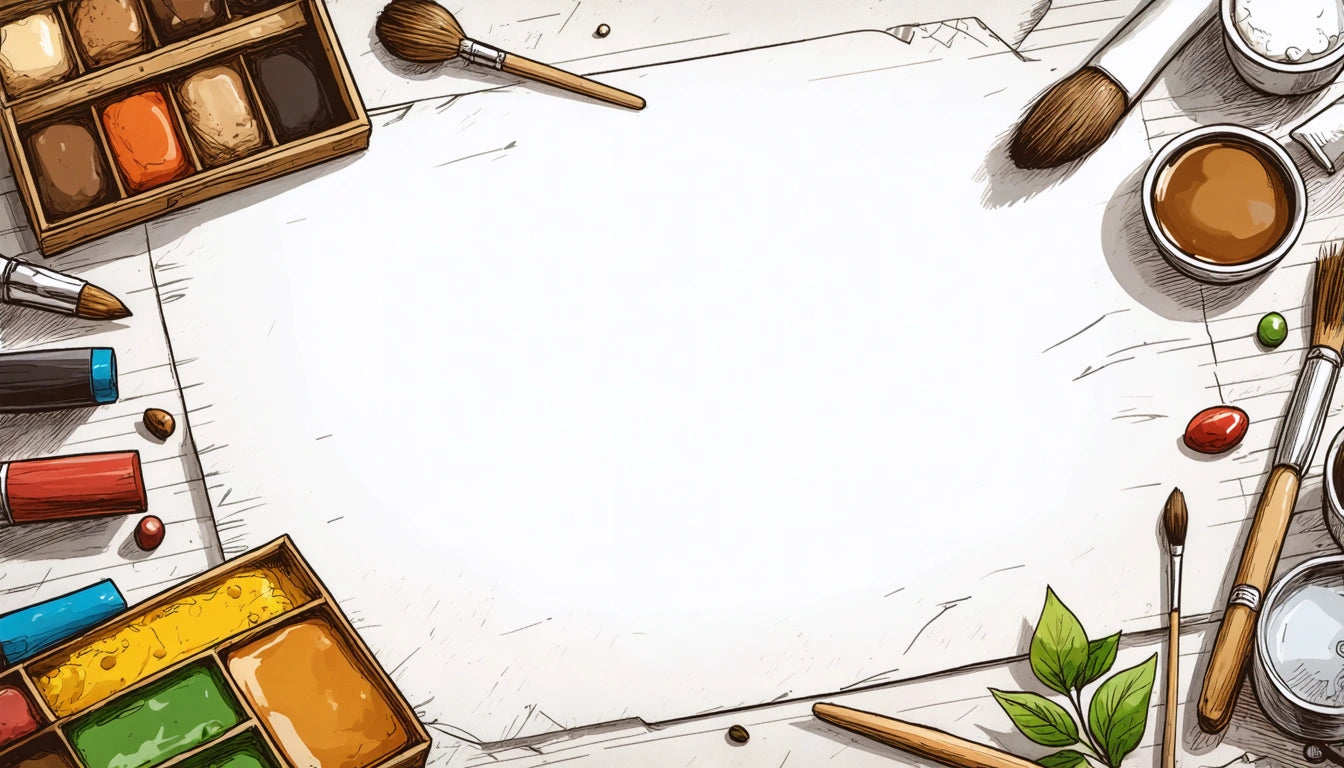Table of Contents
Drawn by Hand, Loved by All: The Hand-Sketched Packaging Movement
In a market saturated with digital perfection, hand-sketched packaging designs are making a powerful comeback. This artisanal approach to packaging design connects with consumers seeking authenticity and human touch in their purchasing decisions. The trend represents more than just an aesthetic choice, it signals a brand's values and creates emotional resonance that digital designs often fail to achieve.
The Rise of Hand-Sketched Packaging in Modern Markets
Hand-sketched packaging has evolved from a niche artistic choice to a mainstream design strategy. The movement gained momentum as consumers began showing preference for products that feel authentic, personal, and crafted with care. Unlike the pixel-perfect precision of digital designs, hand-drawn elements showcase intentional imperfections that communicate humanity and craftsmanship.
This design approach bridges the gap between mass production and artisanal appeal, allowing brands to maintain scalability while projecting a handcrafted image. The technique works particularly well for products positioned as small-batch, premium, or locally sourced, reinforcing brand narratives about quality and attention to detail.
Consumer Psychology Behind Hand-Drawn Elements
Research shows that consumers form stronger emotional connections with brands that incorporate human elements in their packaging. Hand-sketched designs trigger several psychological responses:
- Perceived authenticity and trustworthiness
- Associations with craftsmanship and quality
- Nostalgia for pre-digital aesthetics
- Perception of uniqueness and individuality
These responses translate into tangible benefits: increased perceived value, stronger brand loyalty, and higher likelihood of recommendation. According to our collection of specialty packaging solutions, products with handcrafted visual elements often command premium pricing while maintaining strong consumer appeal, particularly in specialty markets where differentiation matters.
Implementation Strategies for Brands
Implementing hand-sketched elements requires thoughtful integration with overall brand identity. Successful approaches include:
- Commissioning original artwork from illustrators who understand the brand
- Developing a consistent hand-drawn visual language across product lines
- Combining sketched elements with minimal typography for balance
- Using texture and paper choices that complement the artisanal aesthetic
The key is authenticity, even when scaling. Many brands maintain a library of hand-drawn elements that can be combined and adapted across product lines while preserving the organic feel that makes this approach effective.
Balancing Handcrafted Appeal with Production Realities
While hand-sketched designs communicate artisanal values, they must still function within modern production constraints. Successful brands find this balance by:
- Creating digital templates that incorporate hand-drawn elements
- Using selective printing techniques like letterpress or screen printing
- Investing in specialized finishes that enhance the tactile quality
- Developing systems for consistent reproduction while maintaining the handcrafted look
This approach allows brands to scale while preserving the essence of hand-sketched appeal. The popularity of matte finishes pairs particularly well with hand-drawn elements, creating a cohesive sensory experience that reinforces the artisanal positioning.
Industry Examples and Success Stories
Across industries, brands have successfully leveraged hand-sketched packaging to differentiate themselves:
- Specialty food brands using illustrative elements to convey ingredient stories
- Craft beverages featuring hand-drawn typography and illustrations
- Beauty and wellness products employing botanical sketches to emphasize natural ingredients
- Cannabis brands utilizing hand-drawn elements to create approachable, artistic identities
These brands report not only stronger shelf presence but also increased social media sharing, as consumers find the unique aesthetic more "shareable" than conventional packaging designs.
Integration with Other Design Trends
Hand-sketched elements work synergistically with other contemporary packaging trends. For example, biophilic design elements often incorporate hand-drawn botanical illustrations to strengthen connections to nature. Similarly, strategic die cuts can frame and highlight hand-sketched elements, creating dimensional interest that enhances the artisanal appeal.
The trend also pairs well with sustainable packaging initiatives, as the natural, imperfect aesthetic aligns with eco-friendly messaging. Many brands combine recycled materials with hand-drawn elements to create a cohesive story about craftsmanship and environmental responsibility.
The Future of Artisanal Aesthetics in Packaging Design
As the hand-sketched movement matures, we're seeing evolution rather than obsolescence. Emerging applications include:
- Hybrid approaches combining digital precision with hand-drawn elements
- Interactive packaging where sketched elements guide consumer engagement
- Personalization technologies that create unique variations of hand-drawn designs
- Augmented reality features that animate static sketches when viewed through devices
The enduring appeal of hand-sketched packaging lies in its fundamental humanity. In an increasingly digital marketplace, the visible evidence of human creativity provides a welcome counterpoint to algorithmic perfection. Brands that thoughtfully incorporate these elements create not just packaging, but artifacts that consumers connect with on a deeper level.











Leave a comment
All comments are moderated before being published.
This site is protected by hCaptcha and the hCaptcha Privacy Policy and Terms of Service apply.